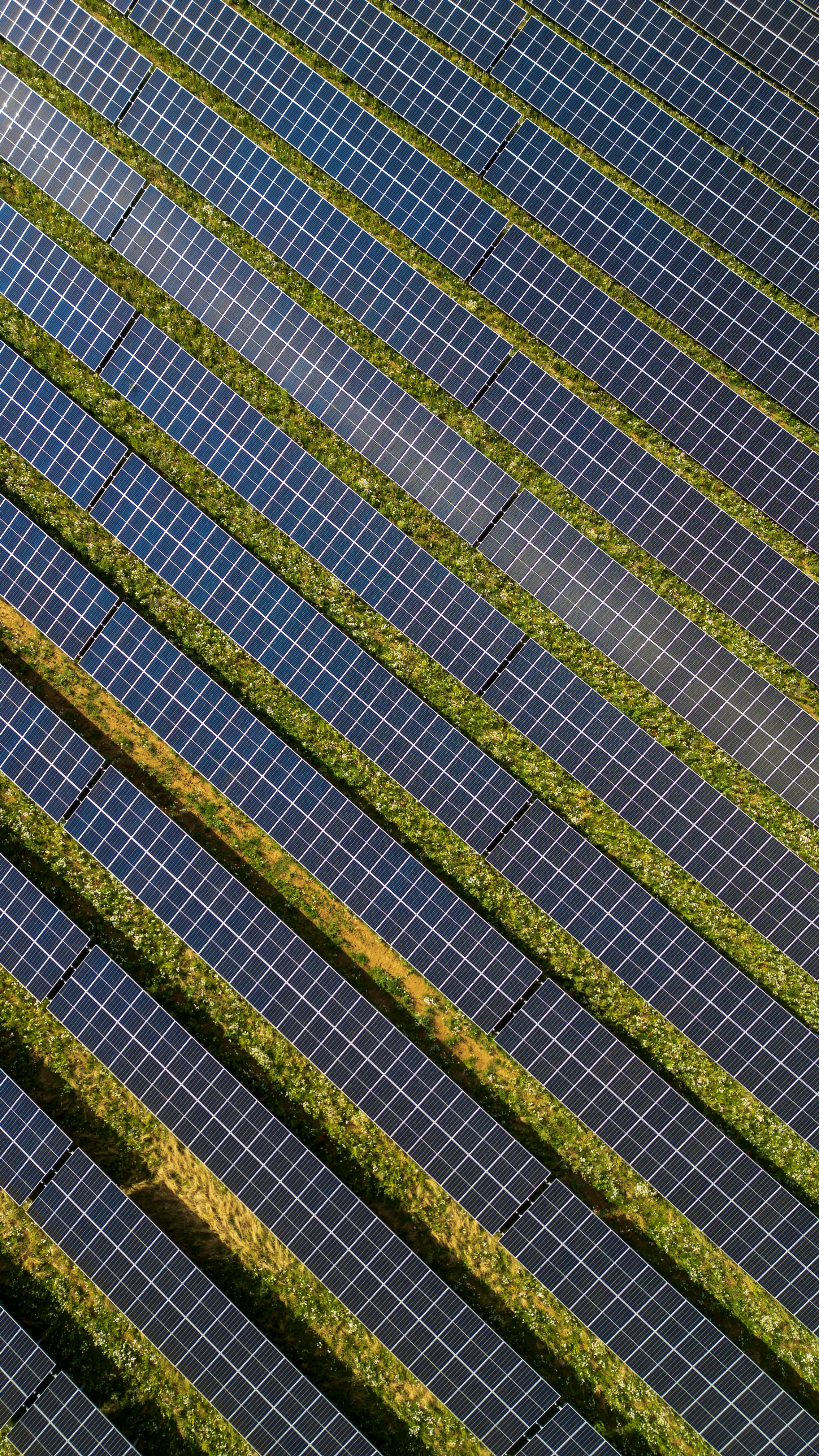

Instaled Capacity
Portuguese households per year
Tons of CO2 reduced
Characteristics of the Cibele Plant
Once operational, the plant will prevent the emission of approximately 47,800 tons of CO₂ per year, significantly reducing the project's carbon footprint. The photovoltaic park features 211,789 bifacial solar modules installed on single-axis solar trackers, which optimize production by following the sun’s trajectory. The plant also includes string-type inverters, which improve operational efficiency and enable decentralized performance control.

Key project dates
Constructionworks are scheduled to begin in July 2025, with an expected duration ofapproximately two years.
As part of Exus’ commitment to sustainability and territorial integration, anenvironmental restoration plan will be carried out.
These actions aim to preserve local biodiversity and restore affected naturalhabitats. The plant will be located in a traditionally agroforestry region andit has been carefully selected to minimize environmental impact and maximizeland compatibility.

In line with the Equator Principles, a set of international standards for managing environmental and social risks in project finance, a series of assessments have been carried out to ensure the project’s responsible and transparent development. These include:

A Human Rights Impact Assessment was conducted to identify, prevent, and mitigate any potential adverse impacts on the rights of local communities and workers. The assessment ensures that the project respects human dignity, labor rights, and community well-being throughout its development and operation phases.

A Climate Change Risk Assessment was undertaken to evaluate the project's exposure to physical climate-related risks (e.g. extreme weather events) and transition risks (e.g. regulatory or market changes). The analysis informed resilience measures and aligned the project with long-term climate adaptation and mitigation strategies.

An Environmental Impact Assessment was completed to assess and minimize potential effects on the natural environment, including biodiversity, water resources, soil, and air quality. The findings have been integrated into the project design and construction planning to ensure environmental protection and regulatory compliance.